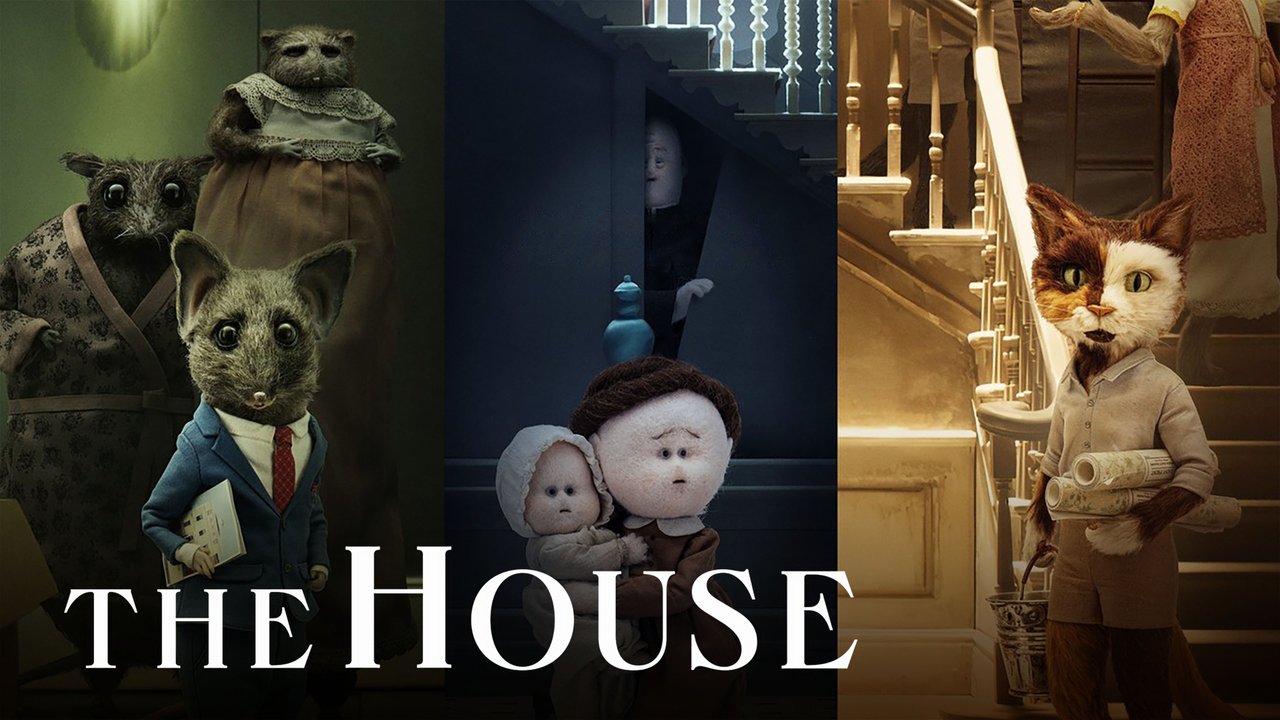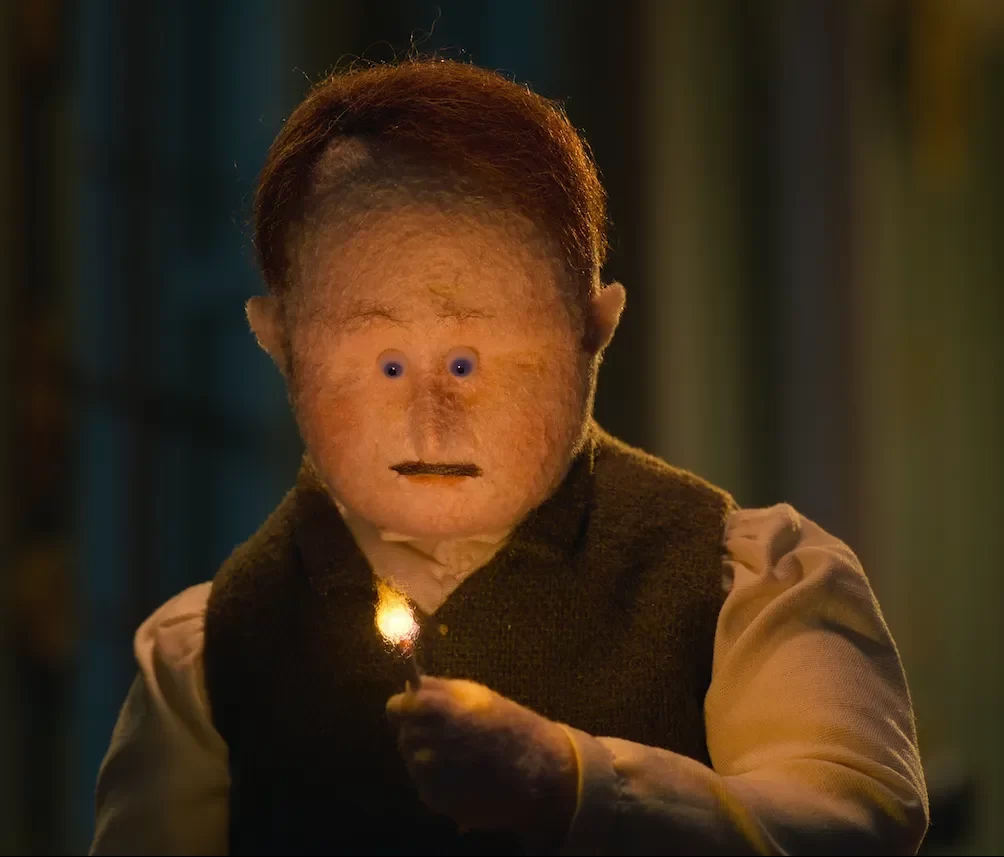
Robert Schumacher | Writer
February 4, 2022
Recently released on Netflix, The House is a stop-motion anthology produced by Nexus Studios, the same team behind Billie Eilish’s Grammy-nominated concert feature. The movie is comprised of three short films, each animated in a cartoonish manner that may suggest to viewers that the film is meant children. This couldn’t be further from the truth.
Each short tells a different story about a protagonist (a human, a rat, and a cat) and their relation to a house which is different each time. Without spoiling the contents of each story, it is important to note how the messages of each short are told.
“The film reminded me of The Illustrated Man by Ray Bradbury where each story has a message that is told in an oddly detached way,” senior Seth Hahn stated.
The film tells its messages in a way that is representative rather than perfectly aligned with the contents of the story. It is akin to fables or short storybooks for children like the Tortoise and the Hare—only, imagine a version where the Hare had a sleep paralysis demon. The similarities in storytelling to fables also lends extremely well to the animated Cat and Rat protagonists, reality-defying occurrences, and cartoonish settings.

Senior Lucas Purzycki described how he “really enjoyed how in the last two shorts of the movie subvert your view of the main character.” An extremely interesting aspect of the film is how it is able to inform you about its characters.
In most films, the audience is supposed to feel the same emotions and feelings that the protagonist does. When watching The Avengers, for example, the audience feels triumphant and delighted when the characters save the day and take down the villainous Loki. In IT, the audience is just as scared and unnerved as The Losers’ Club is.
The House, on the other hand, though it does unnerve audiences, puts its characters in a sort of third-person perspective. In the last two shots, the characters are introduced to a rat trying to renovate and flip “the house” and a landlord Cat attempting to raise enough money to fix a deteriorating house. Although the core motivations of each character remain the same throughout the film, every small assumption you make about each character’s life is carefully thwarted by the end of each 30 minute short. Every piece of dialogue in the film serves a purpose and is acknowledged by the end. This different way of viewing the characters also fits in perfectly with the animation style of stop motion; with each short story, the audience is able to observe the feelings, emotions, and realizations of the characters as if they’re staring down at a set of lifelike toys. The House is bizarre and sometimes terrifying but worth the watch for its creative storytelling and unique relationship to perspective.

Leave a Reply